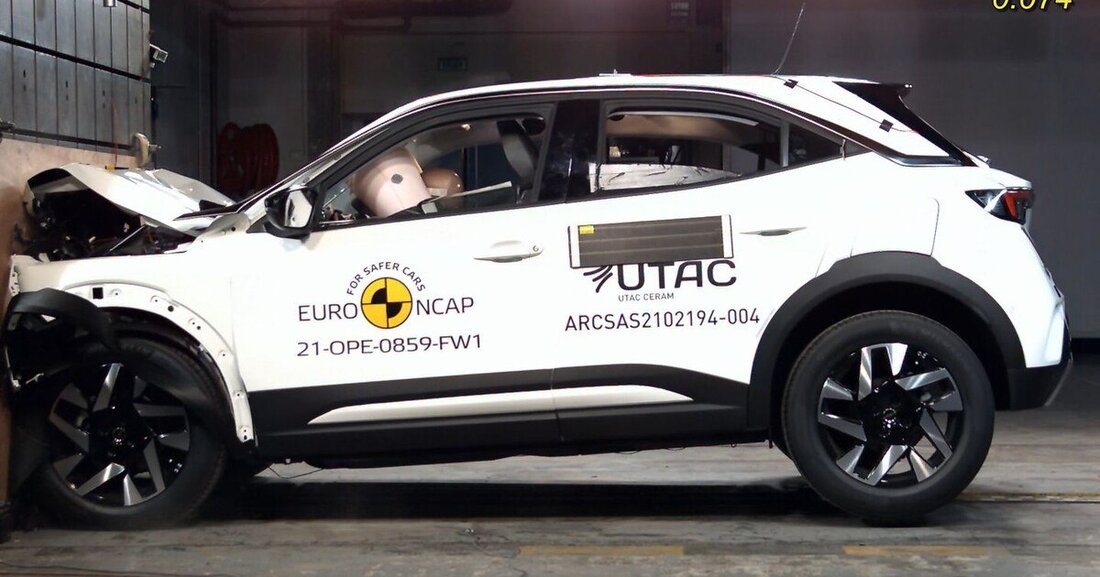ÖAMTC crash test shows deficiencies
The ÖAMTC and its partners have subjected five current vehicles of different classes to a EuroNCAP crash test. Three are convincing with five stars, two are slightly worse with four stars.

ÖAMTC crash test shows deficiencies
Both the electrically powered Mercedes EQA and the conventionally motorized GLA score with very good adult safety (97 and 96 percent respectively) and receive five stars in the EuroNCAP overall rating. The child safety of both SUVs also reaches a high 90 percent. The protection of vulnerable road users is good at 81 and 79 percent respectively; only the A-pillars and the front edge of the hood show potential for injury. Both achieved 75 percent for the assistance systems - the lane departure warning system in particular only worked mediocrely in the test. The Cupra Leon particularly shines when it comes to the assistance systems and is also rated five stars. The Cupra station wagon based on the Seat Leon achieves 91 percent in adult safety and 88 percent in child safety. When it comes to the safety of vulnerable road users, it scores 71 percent - the A-pillars and the lower edge of the windshield are too stiff. In this comparison, the Cupra has the highest value for assistance systems at 80 percent - thanks to numerous well-functioning assistants that are available as standard.
Pedestrians beware
The Renault Kangoo van fails, among other things, in terms of pedestrian safety and therefore only receives four stars. The Kangoo scores 78 percent in adult safety - here it shows weaknesses in occupant protection in side impacts: the occupants hit the other side of the vehicle hard and are not protected from each other because there is no center airbag. On the other hand, child safety is comparatively good at 87 percent. With 67 percent, the Kangoo also has a need to catch up when it comes to safety for pedestrians and cyclists - they are at risk of injury on the lower edge of the windshield, the A-pillars and in the middle area of the front edge of the hood. For example, the assistance systems (72 percent) lack driver drowsiness detection.
Bottom line Opel Mokka
The SUV from Opel also achieved a total of four stars in the EuroNCAP test, but in this comparison it came last in all categories. When it comes to adult safety (73 percent), side, knee and center airbags are missing. In a side crash, the occupants hit the other side of the vehicle hard. In a front crash, the driver has a medium risk of injury to the chest and leg areas. In child safety (75 percent), moderate stress occurred in the neck area in a frontal impact. In terms of pedestrian safety, the Mokka achieved 58 percent - with a high risk of head injury in the area of the lower edge of the windshield and the A-pillars. When it comes to assistance systems (64 percent), the emergency braking assistant showed weaknesses in recognizing other road users.
"One thing that stands out with Kangoo and Mokka is the lower level of protection for vulnerable road users, such as pedestrians and cyclists. More is possible here," sums up Max Lang, the mobility club's crash test expert.

 Suche
Suche
 Mein Konto
Mein Konto